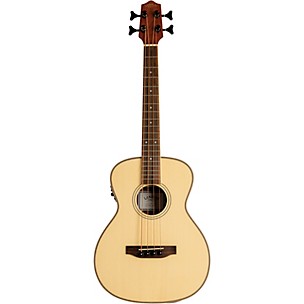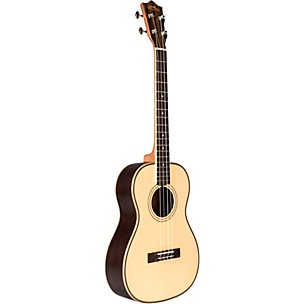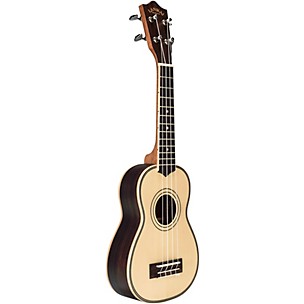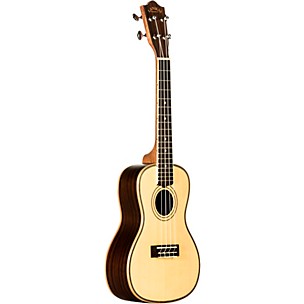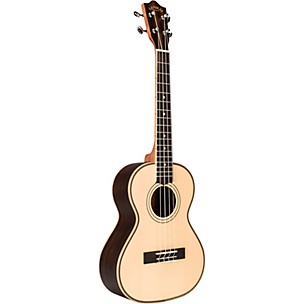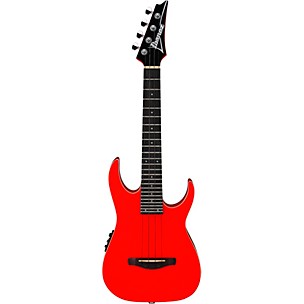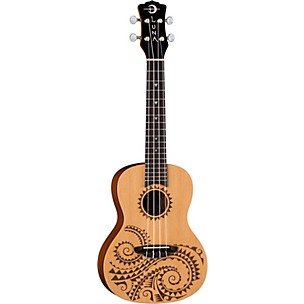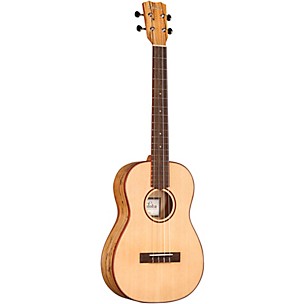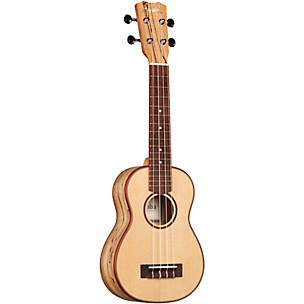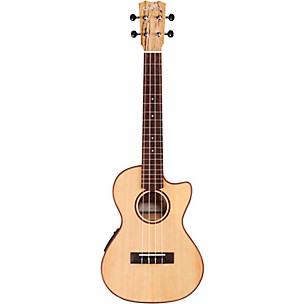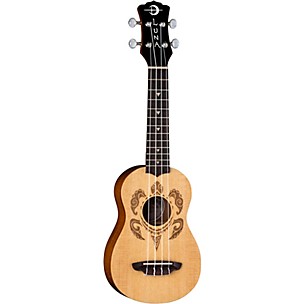Folk & Traditional Instruments
About Folk & Traditional Instruments
Folk music is improvisational by nature-a trait shared by the folk and traditional instruments used to play it. Most of these instruments began as simple handmade adaptations of earlier instruments or were originally built from scratch with materials their inventors had on-hand. This holds true even for the most popular folk instruments: the ukulele is a Hawaiian adaptation of the Portuguese machete the banjo evolved from African instruments like the kora and the mandolin belongs to a lineage of lutes dating back thousands of years. Ukes (as ukuleles are sometimes called) were traditionally strung with gut strings which have been replaced by nylon ukulele strings in modern instruments made by a range of builders including Lanikai Kohala and Laurel Canyon Mandolin strings on the other hand are typically steel while banjo strings may be nylon or steel depending on the musician's tonal preference.
Ukes banjos and mandolins are far from the only folk and traditional instruments available to musicians. Luthiers like Gretsch and Luna make resonators and lap steels each variants of the standard guitar family. Autoharps and dulcimers are similar to one another layering a wide course of strings over a resonating backboard. Some folk instruments such as the banjolele are hybrids of two separate models. Others like Latin instruments are categories in and of themselves with dozens of instruments differing subtly in design. Still others are regional variations of an instrument family - the oud for example is a lute descendant common to eastern Europe northern Africa and the Middle East.
